Before the first edition of The Macquarie Dictionary was published in 1981, few Australians considered that the English they spoke was any different to British English – we might have different accents, sure, and a few colourful colloquialisms, but it’s fundamentally the same thing as the mother country’s mother tongue, isn’t it?
The Macquarie Dictionary completely transformed this understanding by comprehensively listing all of the peculiarities of our common dialect, and thereby arguing that Australian English is just as valid as American English or British English. Now in its sixth edition, The Macquarie Dictionary remains the standard reference dictionary for Australian publishers, writers, linguists, and word-nerds alike.
Susan Butler, Macquarie’s editor since the first edition, has just released The Aitch Factor: Adventures in Australian English, a collection of short essays covering the breadth and richness of Australian English. The book mixes Butler’s fascinating insights into our language, gleaned over decades of research, with personal anecdotes about the often-fraught nature of defining words and how we use them. (One particularly interesting chapter delves into the brouhaha that accompanied former prime minister Julia Gillard’s use of the word ‘misogyny’, and the gender politics of those who tried to argue that she should have used ‘sexism’ instead.)
Did you know that the pejorative ‘dropkick’ actually refers to the c-word, via the rhyming slang ‘dropkick and punt’? Or that the distinction between ‘licence’ with a c (noun) and ‘license’ with an s (verb) was not always so clear-cut? Or that ‘Beijing’ is correctly pronounced with a hard j, and anyone who softens it (bei-zhing) is incorrectly applying the Universal French Accent (the assumption that all foreign languages must follow similar pronunciation rules to French)?
We called Butler to chat about The Aitch Factor, and her own experiences in the trenches of lexicography. We also asked her for fifteen of her favourite ever words.

-
Junkee: What was the impetus for deciding, back in 1981, that Australian English needed its own dictionary?
Susan Butler: From the outset, Macquarie was always meant to be as complete a record as we could possibly make of our variety of English – of Australian English … There are many Englishes in the world: there’s English English, or British English, there’s American English, South African English, Singaporean English, Philippine English, and so on. Among those Englishes there is Australian English, which didn’t really have any proper account, any proper record, of what its characteristics were.
In those circumstances, communities can find it a little bit difficult to have a sense of what their English is, and certainly to believe in it – to believe it’s a legitimate form of English. If you go to Singapore, for instance, they’re always nervously wondering whether they’re speaking ‘proper’ English or Singlish – trying to hitch up their socks and pretend, as we used to do, that they speak British English. It’s amazing how a dictionary makes the variety of English visible to the speakers of that variety. It really just took the Macquarie to come out in 1981 for everyone to say, ‘Oh yes! That’s it! That’s Australian English!’, and relax about the whole situation.

There’s a moral dimension implicit in that – the question of legitimacy. Do you think that without the Macquarie, we’d still feel something of a cultural cringe, that Australian English isn’t necessarily legitimate?
I do, because I struggled with that all the way through. I used to have to go up to Brisbane [for work], so I’d routinely get taxis to the airport, and routinely answer the question of what I did – ‘Well, I work on a dictionary of Australian English’ – and routinely have to fend off responses like, ‘What’s that? We’ve only got a bit of slang, that’s all we’ve got, otherwise we speak British English, don’t we?’ It was really like that until the dictionary was published, and after that I realised I didn’t have to have those conversations any more – people just understood what I was talking about.
I remember taking the dictionary to a party with me, the advance copy from the printer. We’d worked on this thing, typesetting was hell, finally it went to the printer, and when the copy came back I looked at it and thought: I feel absolutely numb, I have no idea how to respond to this at all. So I took it to this party and passed it around, and within minutes people were saying, ‘Well, if it’s Australian English this word ought to be in there. Is it in there? Yes, it is! Okay, what’s the next one?’ Trying it out.
After a few minutes of nervousness, I relaxed and thought: yes, everything does seem to be in there. And people thought it was fantastic, they really warmed to it.
One of the things I discovered from The Aitch Factor is that you often have people contacting you, seeking legitimacy for a particular usage rule they adhere to, or asking you to adjudicate a dispute. Why do people have so much of their sense of self tied up in being a speaker of ‘proper’ or ‘correct’ English?
We grow up making important decisions about ourselves, about our hair, and our style of clothes, and also about the words we’re going to use: the expressions we’ll adopt as our favourite colloquialisms, the spellings we’ll adopt, and so on. This all gets worked through very solidly, through our childhood and our teens, and we emerge from that as competent – very competent, we would think – speakers and writers of Australian English. And we’ve invested quite a lot of effort into arriving at that; we think we know all about it, and we have an interest in it.
Nine times out of ten, our conclusions about language will match the conclusions reached by the rest of the community. But then on the tenth time, for some reason – some accident of childhood, or education, or personal history – we’ve ended out on a limb, making a decision that’s quite different from the rest of the community, and we’re quite unaware of it. We’re also unaware that, for a number of those other decisions in the ten, that other people have arrived at a variant form, which is still perfectly legitimate – just not the one that we decided to use. So there’s more complexity in the situation than we all realise, and every once in a while we find ourselves out on a limb, which is a bit difficult.

This anxiety is not restricted to the English language, but other languages avoid it by having a central authority that can determine what is ‘proper’ for that language. The Académie française, for example, is able to look at a situation and make a ruling about it, and from that moment on their decision becomes part of proper French. There is no such body for English – do you think that this is a bug, or a feature of our language?
Well, first of all, in this anti-authoritarian world, I don’t know that even the Académie has the power it once wielded – they may well make a ruling, but the French citizens will keep on doing what they’ve decided, collectively, to do, without paying much attention to that ruling.
Dictionaries once held that place in the past: they were once held as the arbiters of what is correct. My mother would have regarded her dictionary as telling her what is best in the language. But early in the 1900s, for the last hundred years, adult dictionaries have all aimed to be descriptive dictionaries, not prescriptive dictionaries. So dictionaries have all shifted to this ground where they try to describe, as well as they can, what’s happening – and that includes the attitudes, so it includes usage notes like, ‘While many people use “infamous” to mean “famous”, there’s quite a group in the community who don’t think that’s the right thing to do and will resist it’.
I think we all now try to get a feeling of what is correct from sources available to us – from dictionaries, style guides, and so on – but ultimately we all have to make some hard decisions for ourselves without that sense of certainty we once had.
Your commitment to being a descriptivist comes up a lot in The Aitch Factor – you’re more interested in how language is actually used than in telling people about how they ought to use it. This has led you to some fascinating conclusions – including a recommendation that we should ditch apostrophes entirely.
That was a bit tongue-in-cheek – I knew I could say that, secure in the understanding that for anyone to get a whole language community to shift on a major decision like that is well-nigh impossible … But I despair of the apostrophe constantly turning up in plurals, and being left out of possessives! It’s a weird situation where we don’t use it where we should, and we do use it where we shouldn’t.
This reminds me of hypercorrections – where people think they’re doing the right thing, but are being so rigid about a rule that they actually get it wrong. I’m thinking in particular of people who cling to ‘so-and-so and I’ in all circumstances, rather than saying ‘so-and-so and me’ when it’s appropriate.
It’s unfortunate that education seems to instil sensitivity, without necessarily equipping people with the right choice to follow the sensitivity. They know there’s a problem, and they know they have to pause here and think about it, that it’s not what they’d think about intuitively – so they go for the wrong decision.
It leads to some perverse outcomes – like people who are so confused about whether to use ‘I’ or ‘me’ in that circumstance that they fall back on the reflexive pronoun ‘myself’, which is horrible.
I think there’s two corrections going on here, one happening after the other.
‘Between you and I’ – because there’s a problem of definition and what form of the pronoun should follow, they go for ‘I’ thinking, ‘That took effort, therefore it must be right; I was going to go for “me”, but that’s too easy, too informal.’
Then, having gone for ‘I’, the other rule kicks in that you must never use ‘I’ because it looks as though you’re being egotistical and imposing yourself on other people, so they soften it by turning it into ‘myself’. Very complicated. If they’d just stuck to ‘between you and me’ in the first place they’d have been alright!
And grammatically correct.
And grammatically correct, yes!
-
15 Of Susan Butler’s Favourite Ever Words
Skedaddle: A sound-echoing-sense word where you can almost see the swerve in the exit movement from the extra kick of speed.
Fossick: An old-fashioned word from British dialect. Many Australian words which are common, mainstream items for us have their origins in the British dialects of the convicts and settlers who came to the colony. This one has the –ick ending which indicates a repetitive action, while the foss- is a variant of fuss.
Pellucid: A favourite poetic word from the Latin pellucidus which breaks up into the intensifying suffix per- (becoming pel-) and lucidus meaning ‘clear’.
Dining boom: A clever coinage. After the mining boom Australia will rely for exports on the dining boom, that is, the demand for quality foodstuffs for the burgeoning middle class in China.
Muffin top: A favourite in the first Macquarie Dictionary Word of the Year held in 2006, being chosen both by the committee and the popular vote. The image of the fat spilling out over the top of the tight jeans is so much like the muffin spilling over the cake holder. Very amusing, and an Australianism which we gave to the world.
Googleganger: Everyone did it – although we might be more relaxed about it now. Everyone put their name into the search on Google to see what would turn up, and discovered that others with their name were living varied lives out there.
Brekkie: My favourite meal of the day and a delightful hypocorism – that is, a word shortened with the –ie ending so favoured by Australians.
Snottygobbles: A colonial word written up in all seriousness in the reference books, but sounding to me very much like a child’s word. Snottygobbles are the fruit of an acacia bush that grows in the outback. Very sticky seeds.
Groodle: My son has one. One of the poodle crossed that we first noticed with the labradoodle. This one is a golden retriever plus poodle. Very cute.
Lugubrious: I described a very dark chocolate mud cake as ‘lugubrious’ and realised that I was quite fond of the word. From the Latin lugubris meaning ‘mournful’, that is, to do with mourning rites, particularly mourning garments.
Grumpy: Ultimately it comes from a Scottish word for the sound that pig makes when it is annoyed. From there it is associated frequently with old men who make a similar grunting noise when irritated. For all of us it can mean to be generally out of sorts. It is something that people point out in others which, surprisingly, makes them even more irritated.
Boofhead: A word I like in its own right, coming as it does from bufflehead which means ‘having a head like a buffalo’. Buffle is French for ‘buffalo’. But a discussion on TV of boofhead, which seems to range in force from affectionately mild to mildly offensive, led me to remark that taboos changed, and that these days you would get into more trouble saying someone was fat than saying that they were a fuckwit. I think the alliteration appealed to me at the time. For more on this go here.
Perspicacious: It sounds so sharp, so discerning. You can see the pursed lips, the glint in the eye. I would like to be described as perspicacious, but sadly I don’t think it is the first adjective that would come to mind.
Misogyny: This proved to be such a learning experience for us all back in 2012, that words can shift in meaning. Of course there were those who didn’t want to acknowledge the shift, which is when linguistic pedantry teamed up with conservative politics.
Shibboleth: This is such a linguist’s word. In the book of Judges in the Old Testament, the judge Jephthah used shibboleth as a word to distinguish the Ephraimites (who were on the run from him) from his own men, the Gileadites. The Gileadites could say the initial sh, the Ephraimites couldn’t. And so it becomes anything that sorts the sheep from the goats, the in group from the out group. The way you wear your hair, the way you say hello, whether you use a split infinitive or not, or, even worse, say ‘youse’ or not.
-
The Aitch Factor is out now through Pan Macmillan. Find out more about it here.
-
Chad Parkhill is a Melbourne-based cultural critic whose work has appeared in The Australian, The Lifted Brow, Killings, Meanjin, and The Quietus, amongst others. He tweets @ChadParkhill




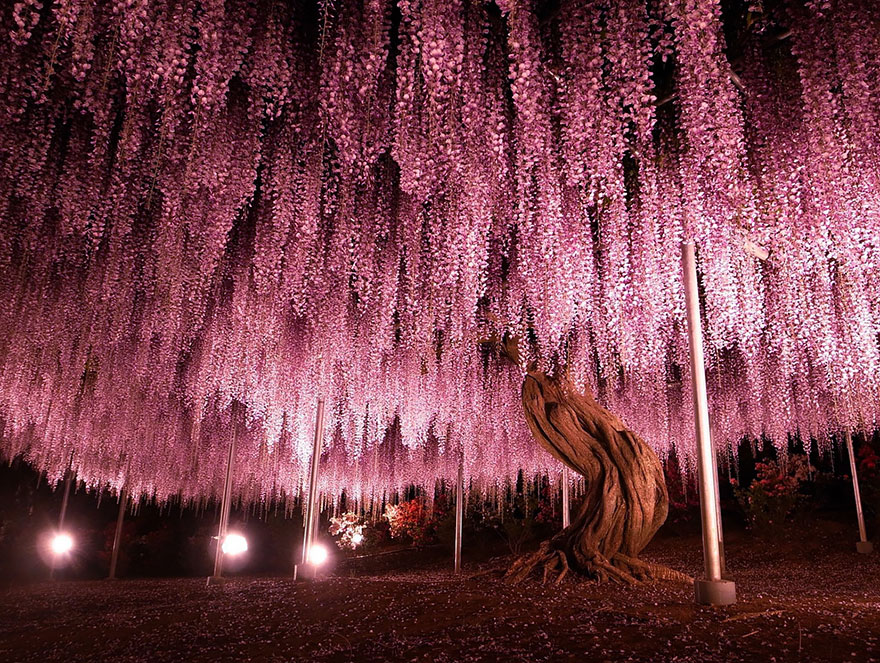



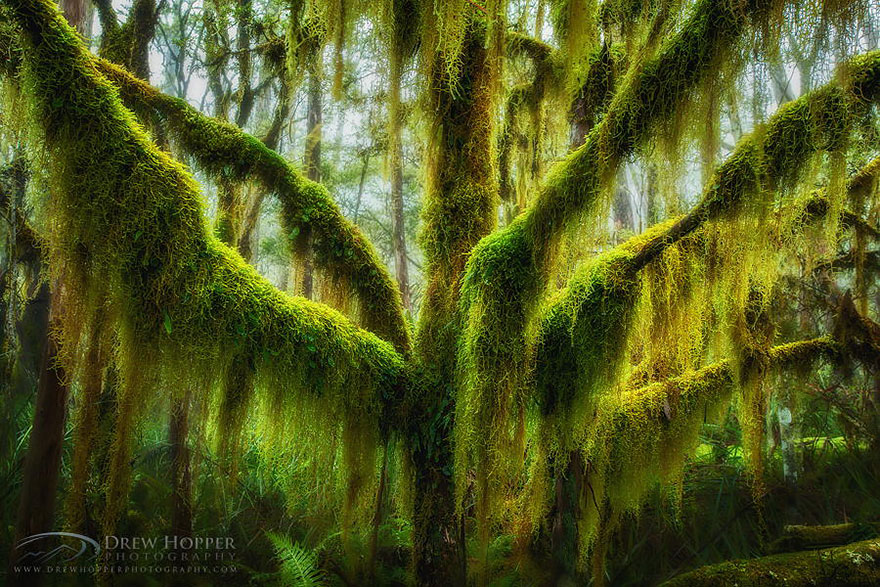
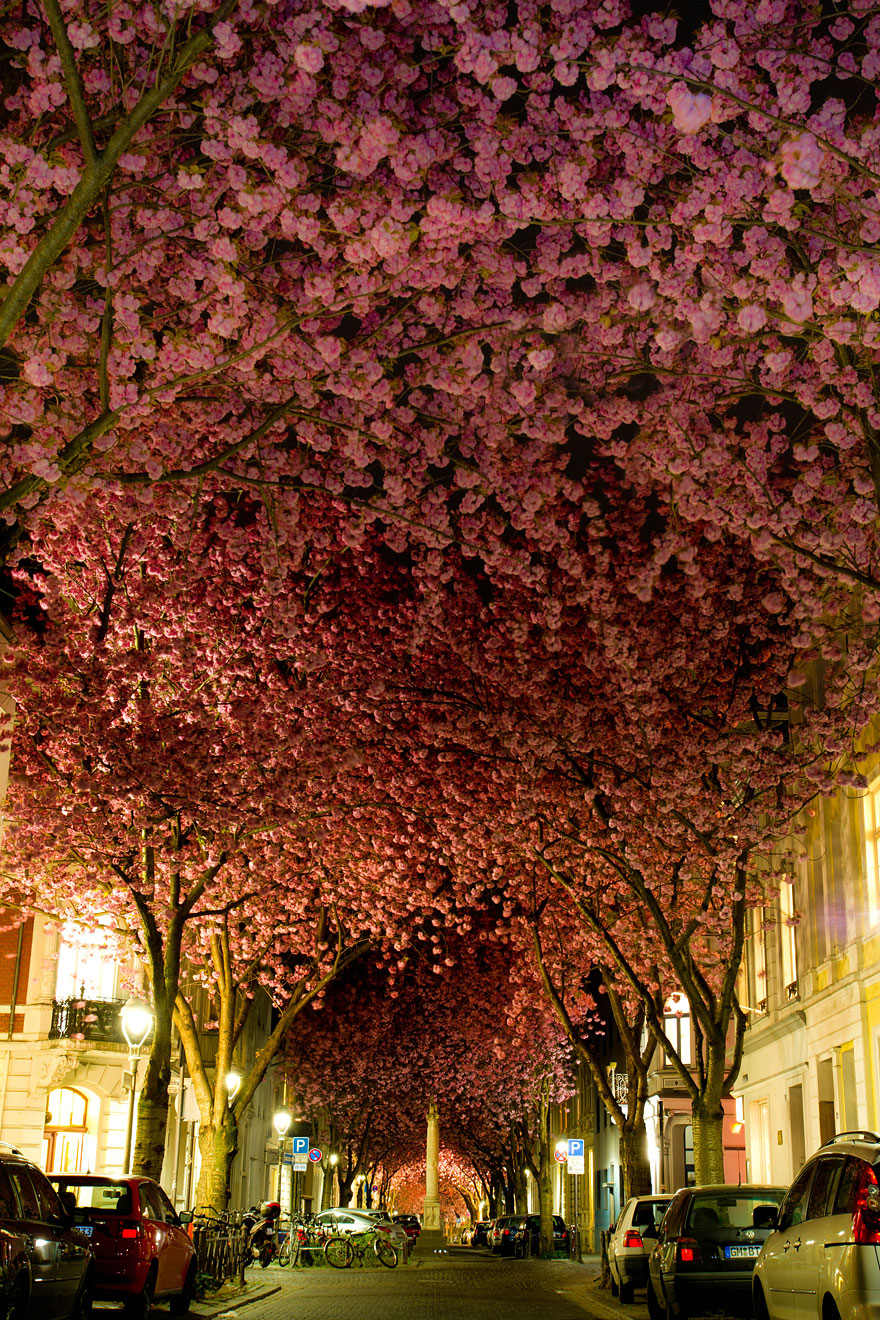
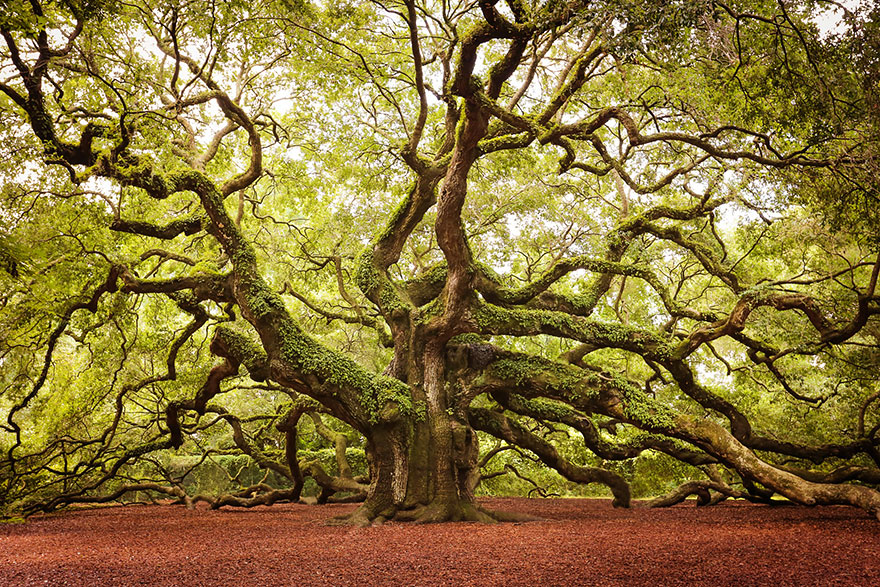


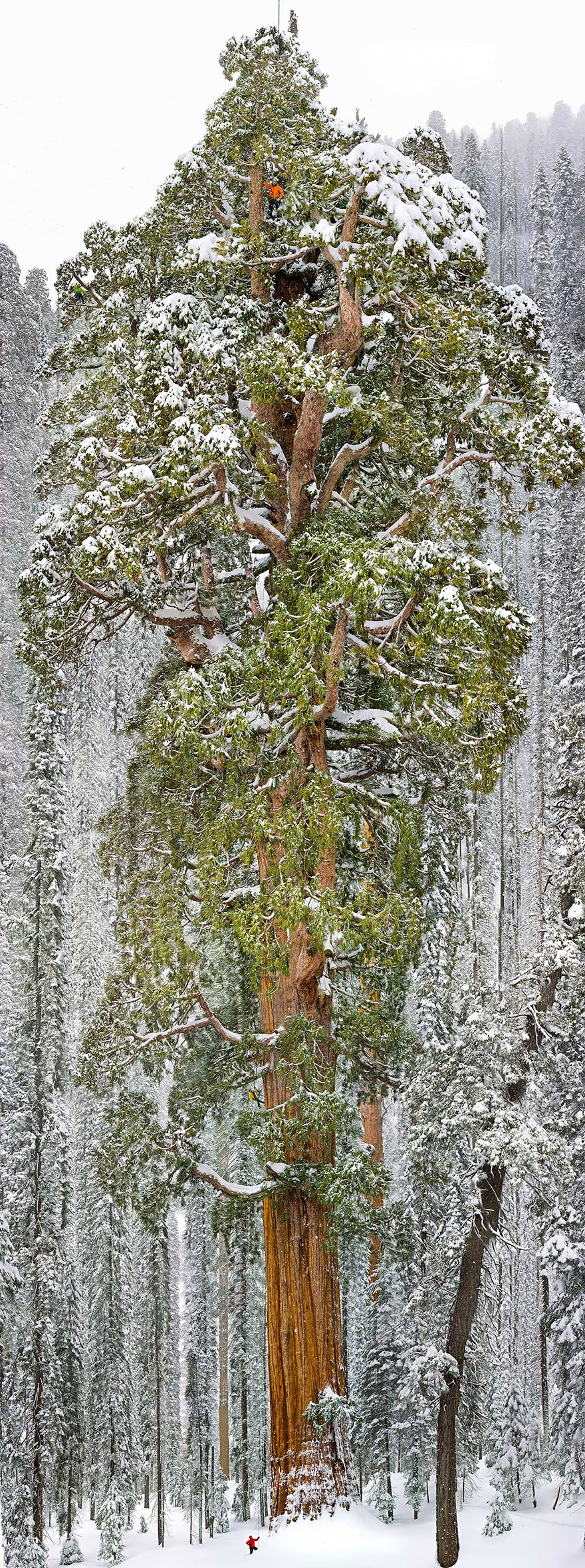




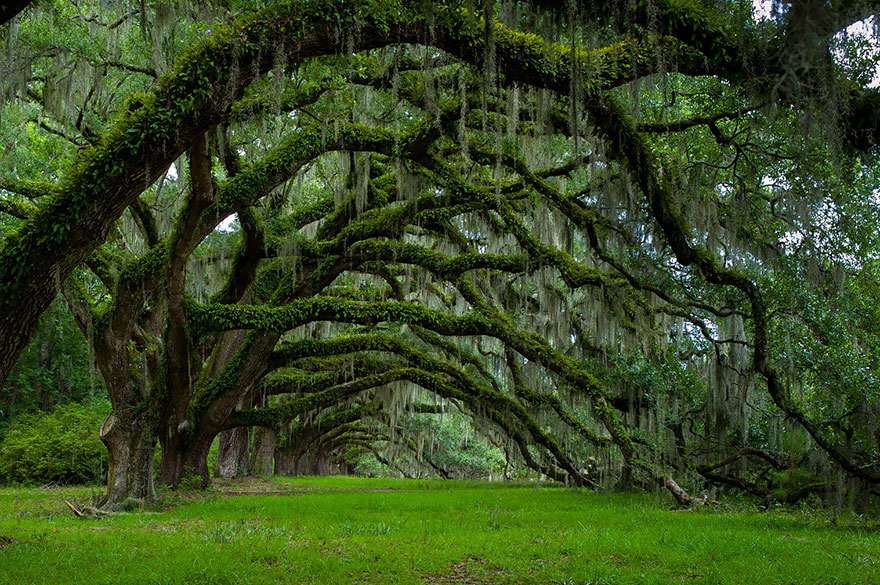

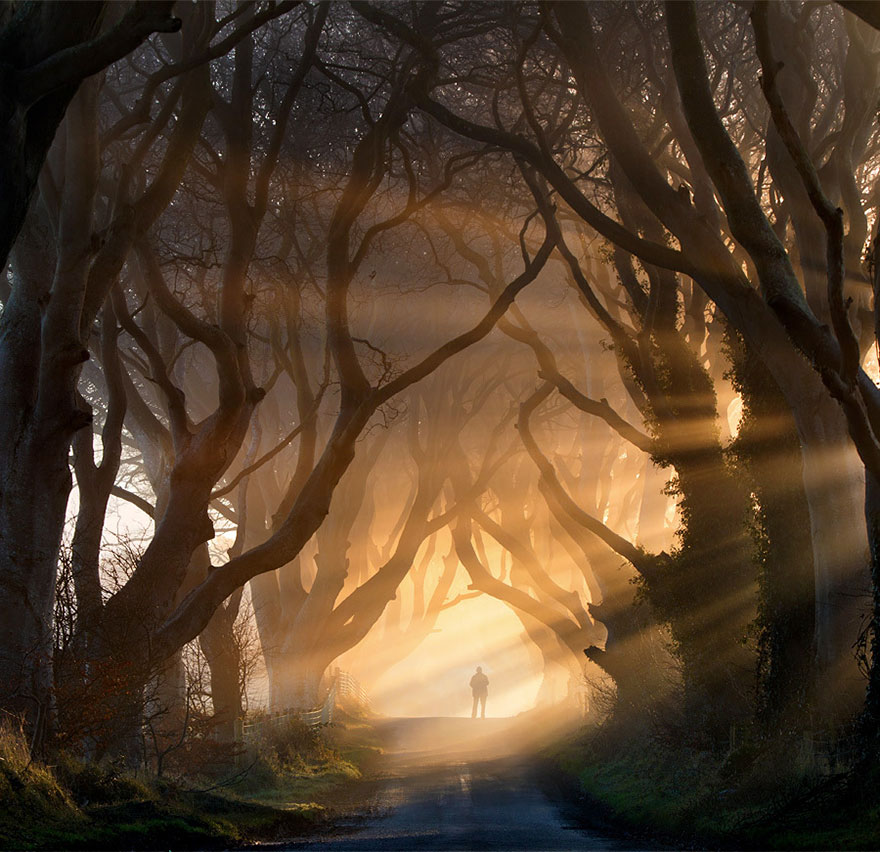
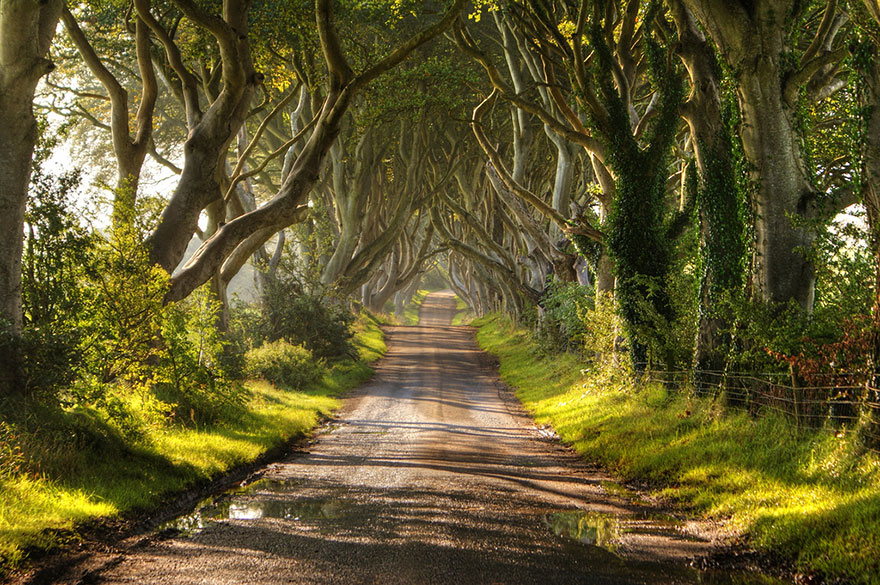



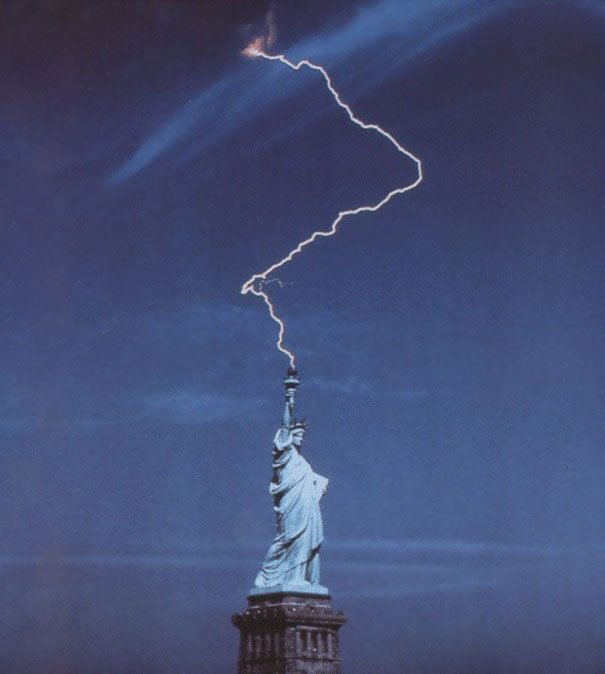
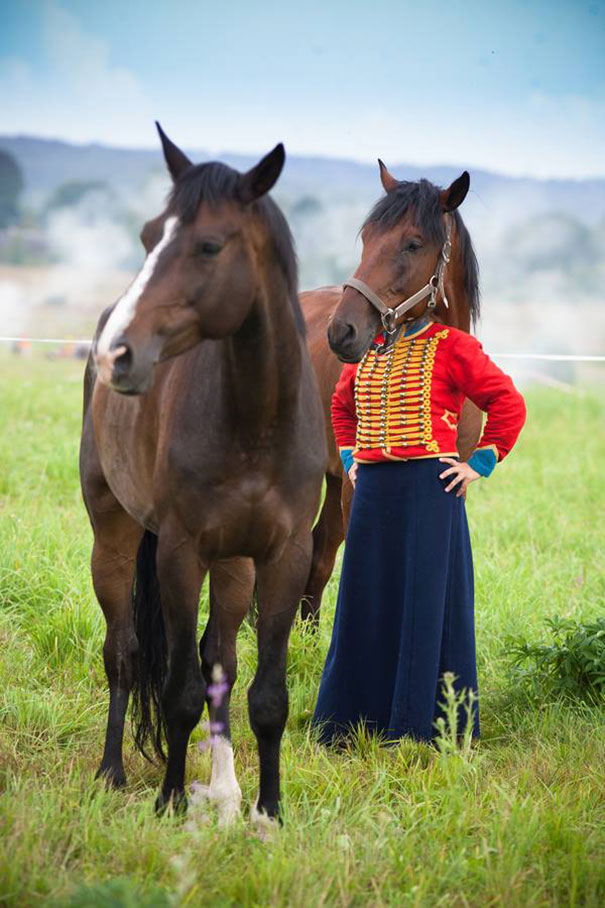
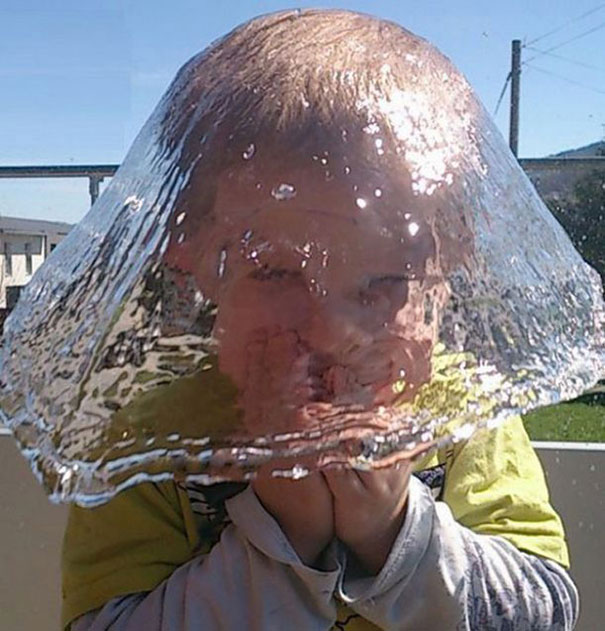

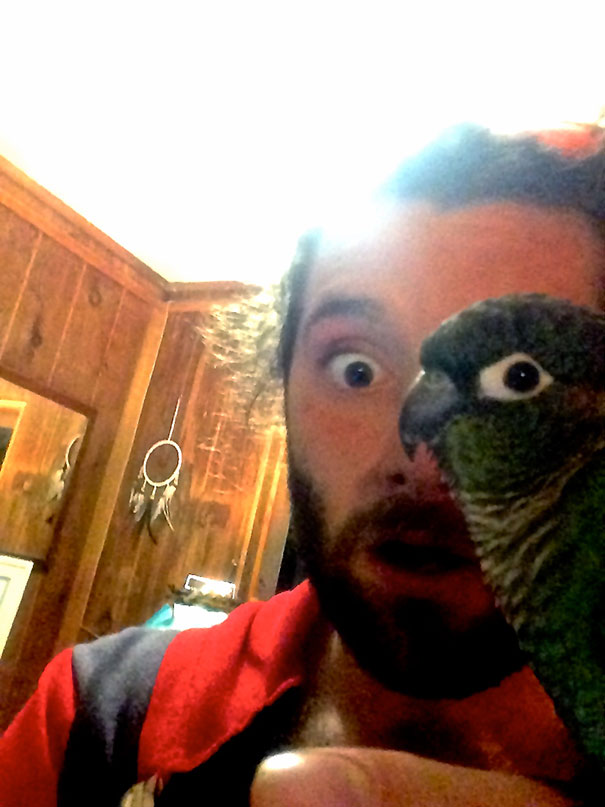
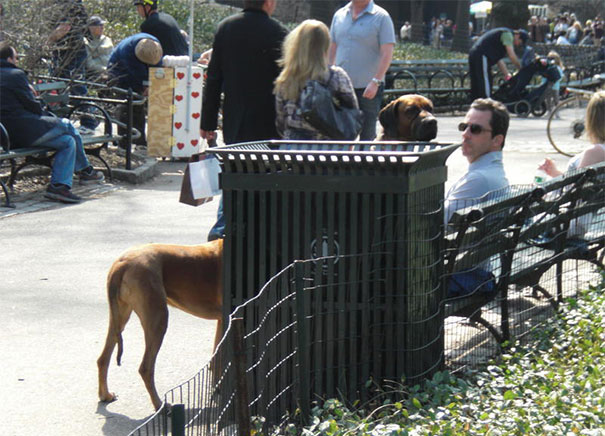
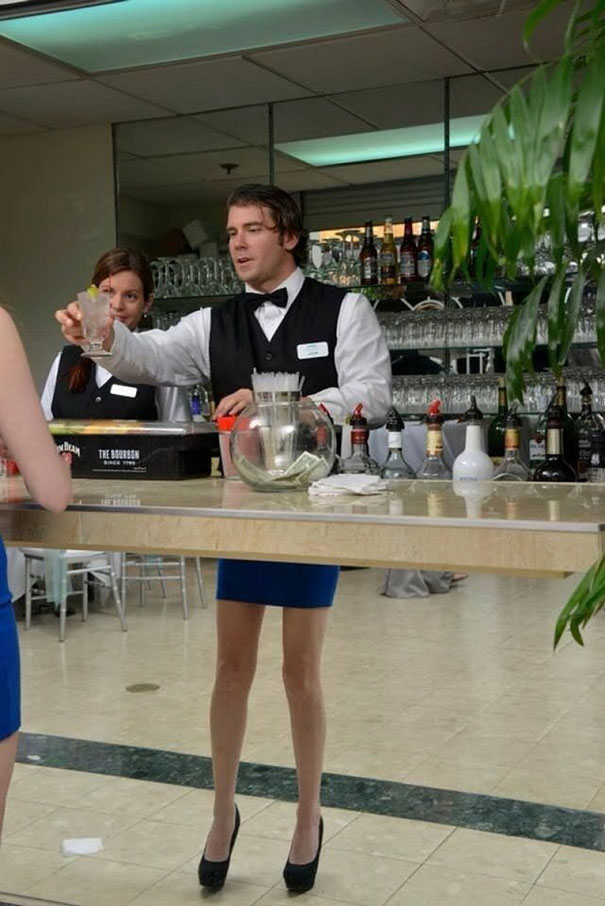
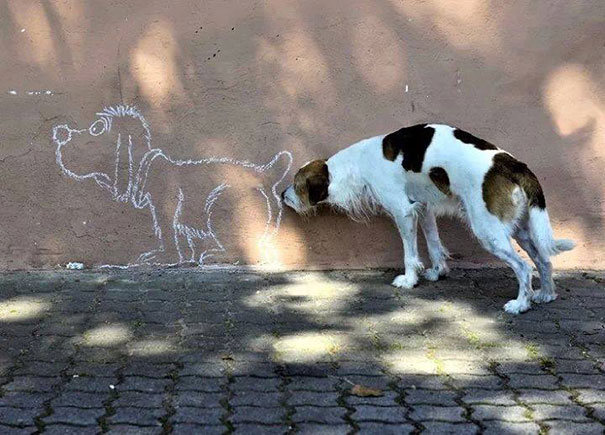


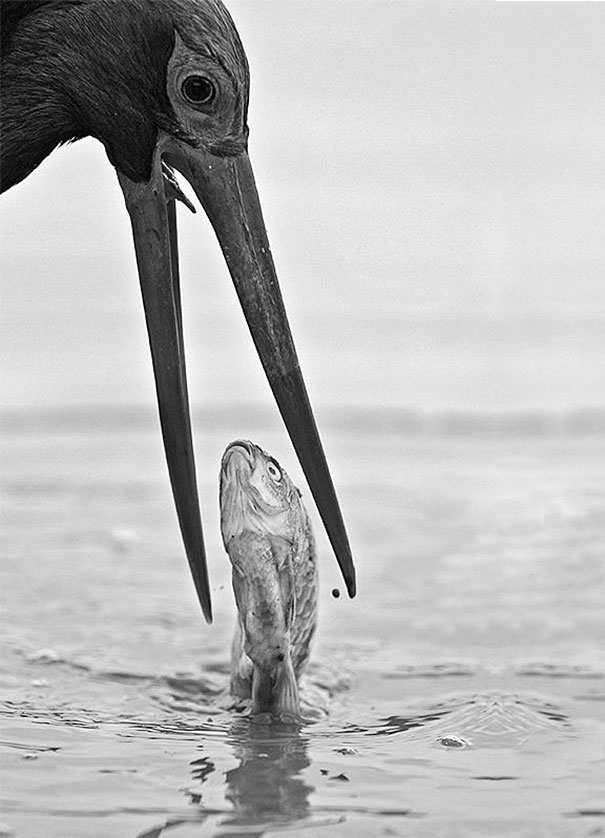

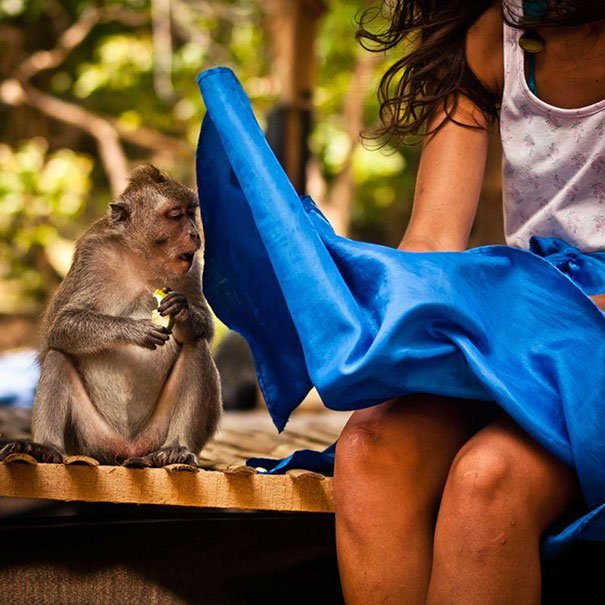



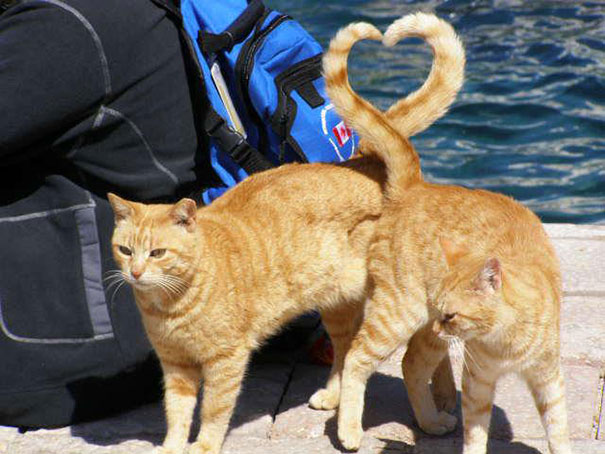
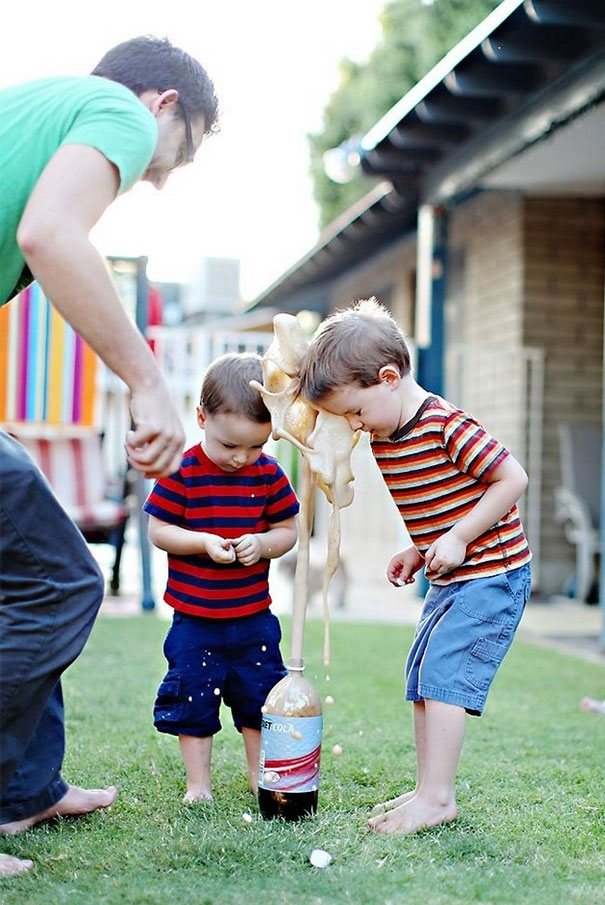
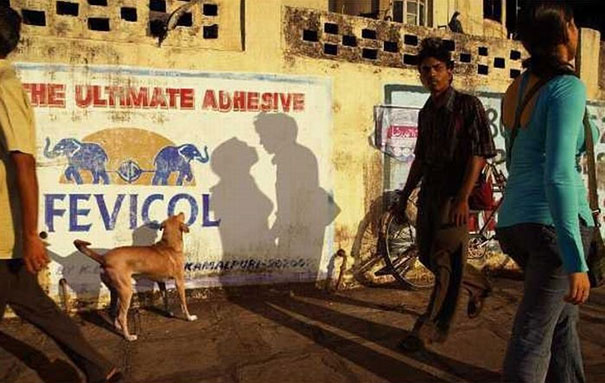

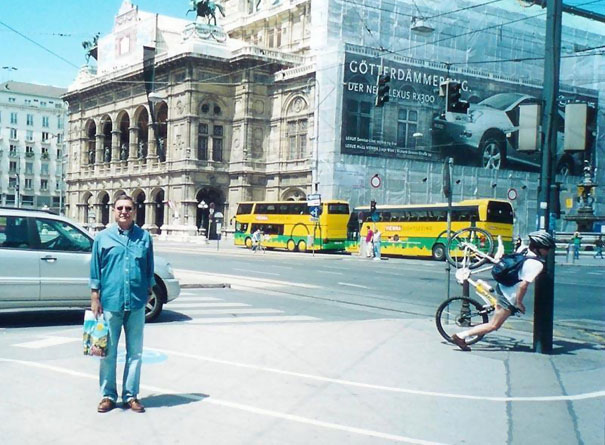
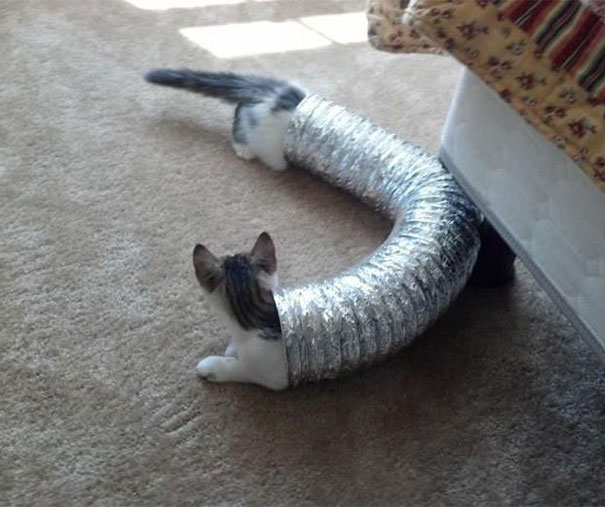
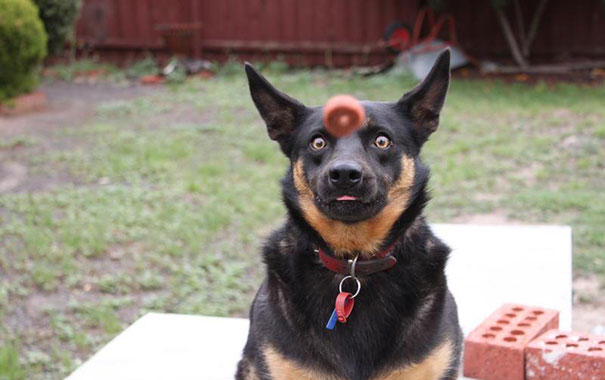
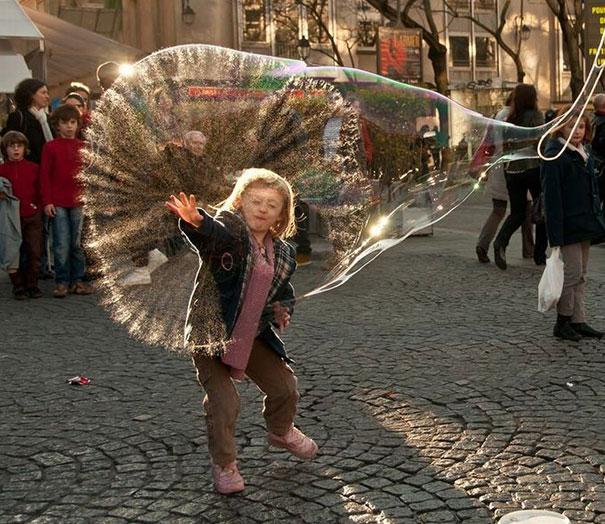

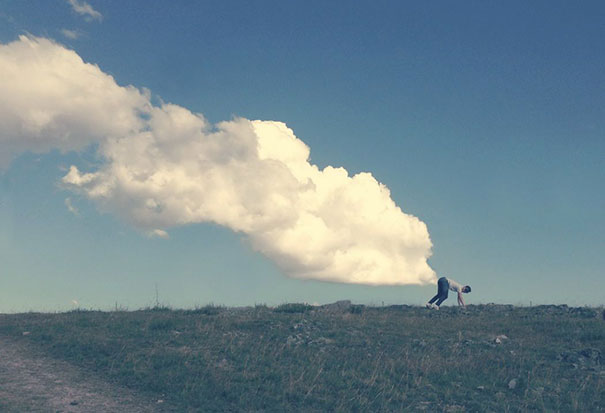

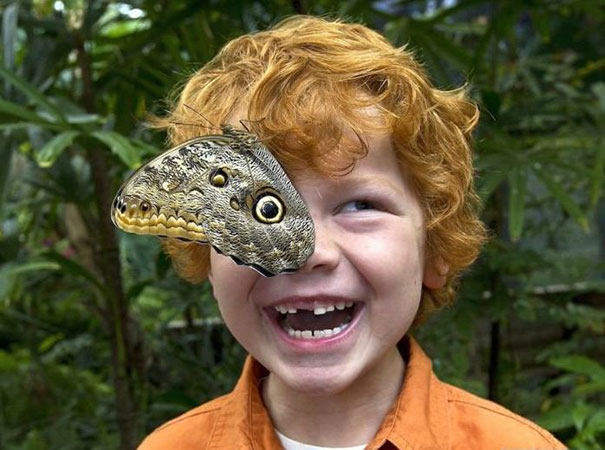
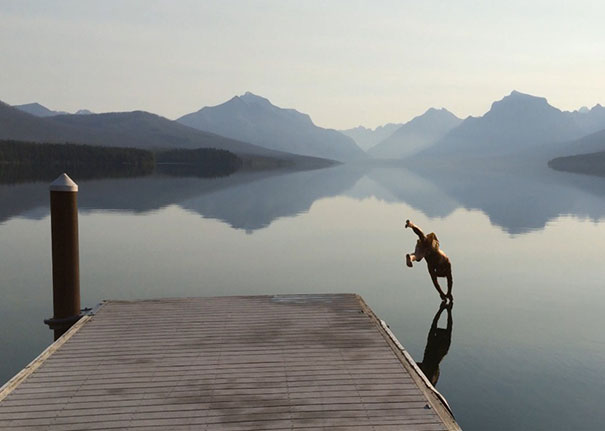


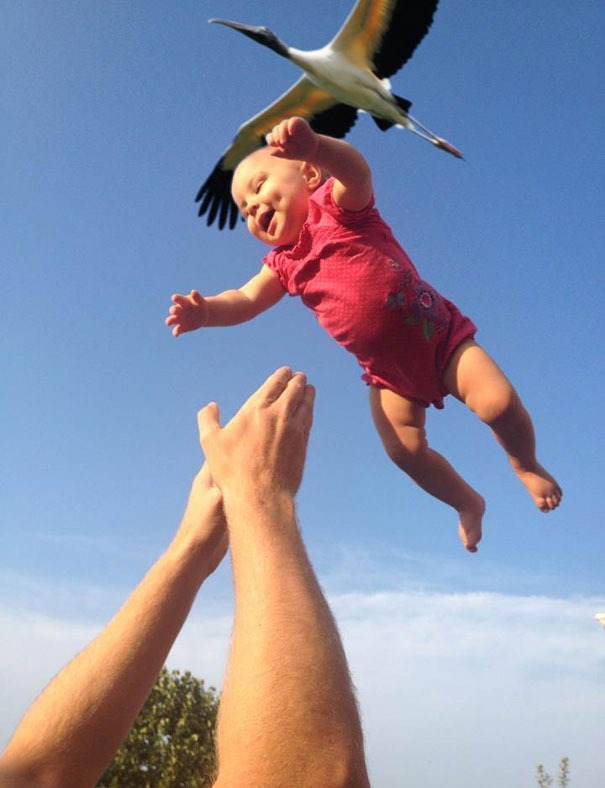
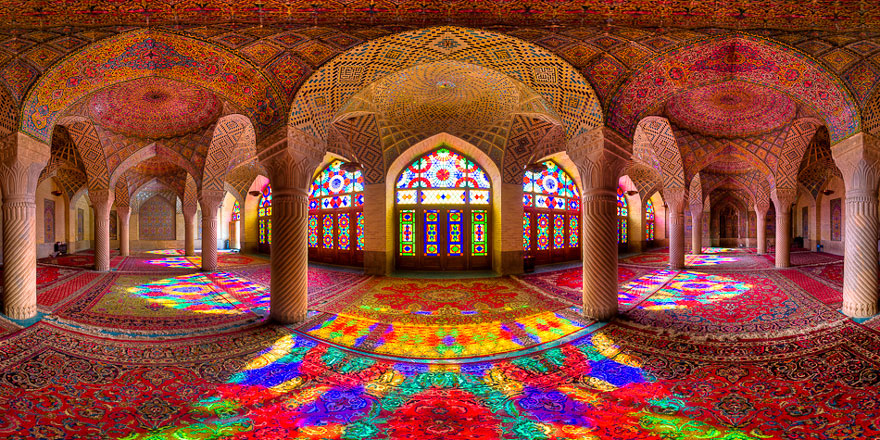




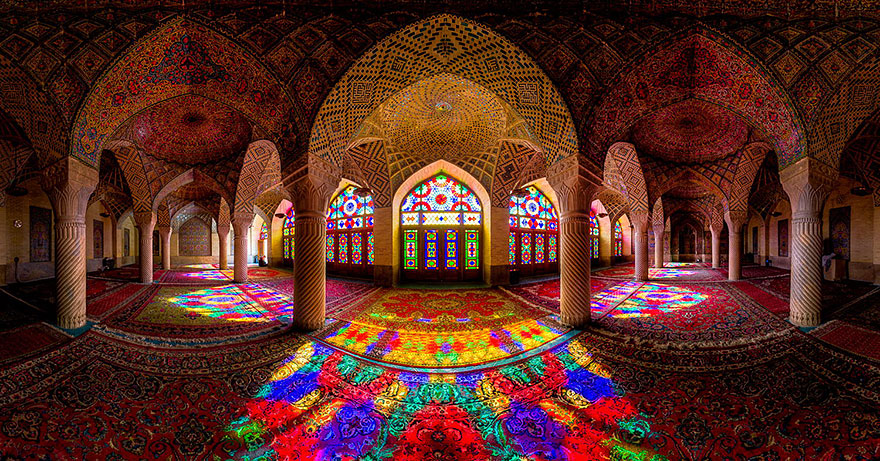



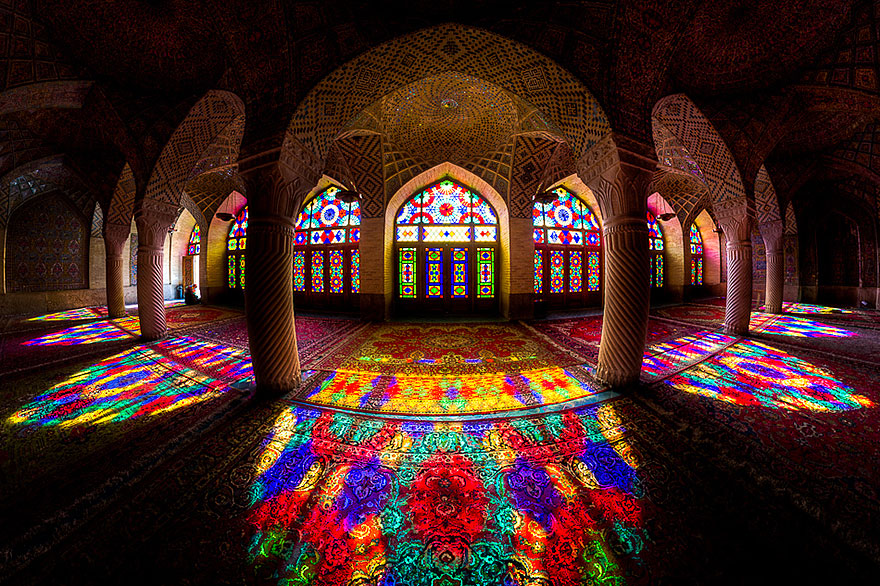












 According to a nice new tool called
According to a nice new tool called 





 Last week, I went with a friend to see A Subtlety: or the Marvelous Sugar Baby: an Homage to the unpaid and overworked Artisans who have refined our Sweet tastes from the cane fields to the Kitchens of the New World on the Occasion of the demolition of the Domino Sugar Refining Plant, the
Last week, I went with a friend to see A Subtlety: or the Marvelous Sugar Baby: an Homage to the unpaid and overworked Artisans who have refined our Sweet tastes from the cane fields to the Kitchens of the New World on the Occasion of the demolition of the Domino Sugar Refining Plant, the 
 I barged into the men’s, and felt stares burning
I barged into the men’s, and felt stares burning


















 Back in January, Obvious Child premiered at the Sundance Film Festival, where it was immediately called one of the best films of the fest (it was). The film’s star,
Back in January, Obvious Child premiered at the Sundance Film Festival, where it was immediately called one of the best films of the fest (it was). The film’s star,  Gothamist has really
Gothamist has really 



